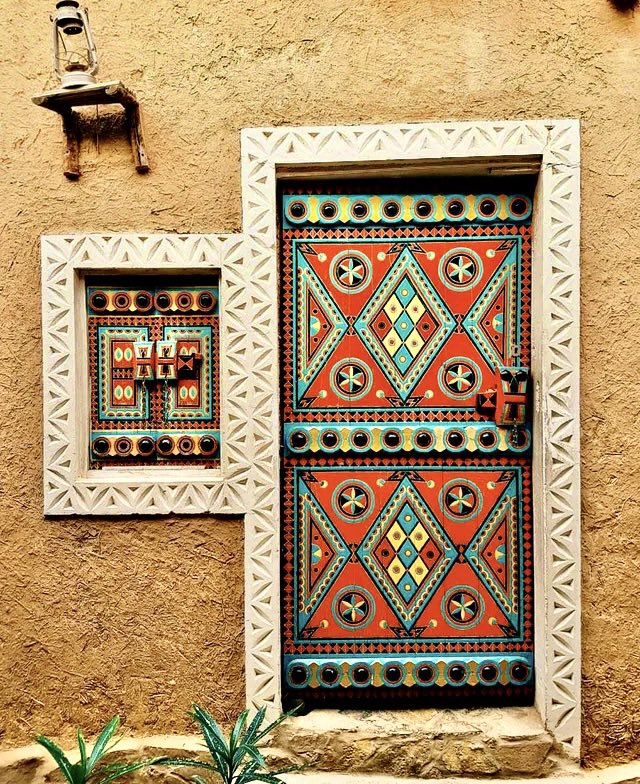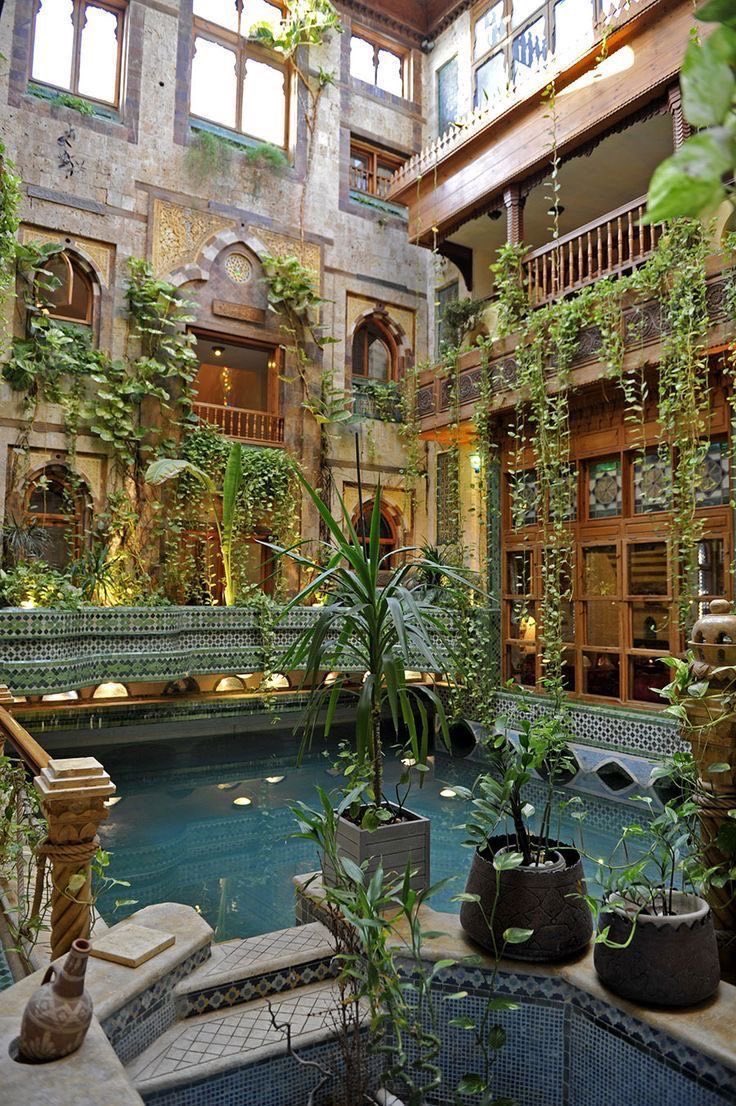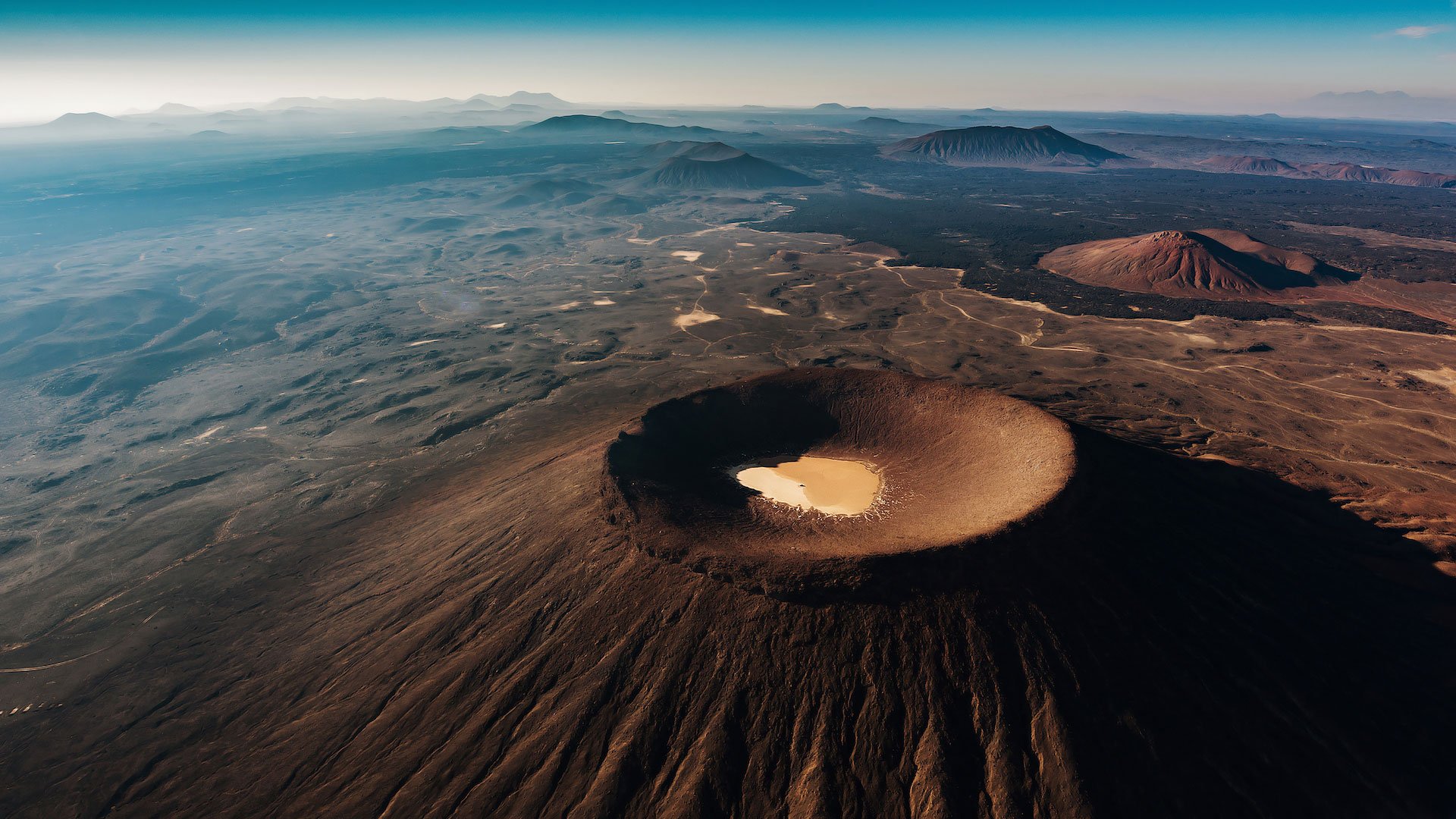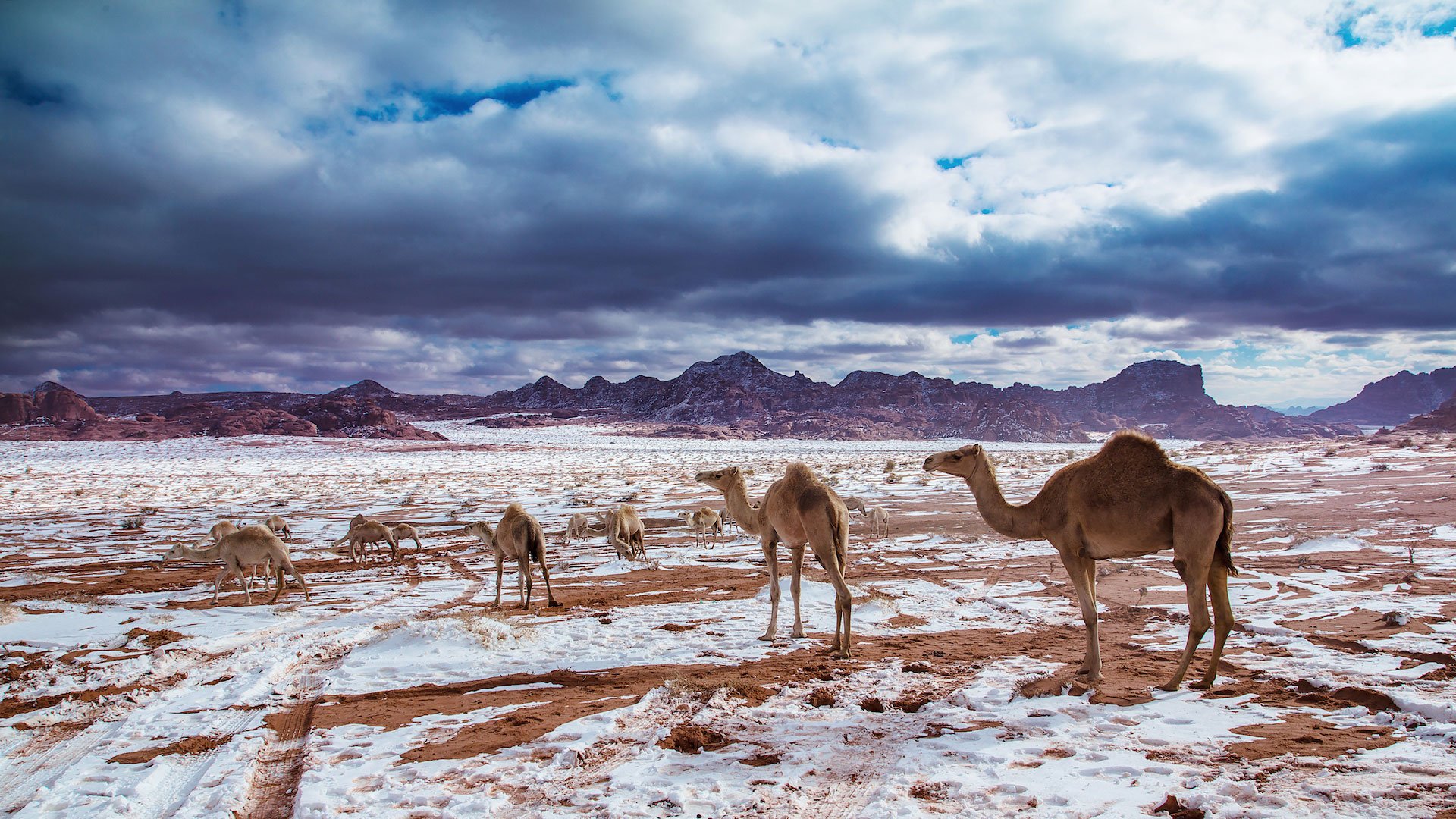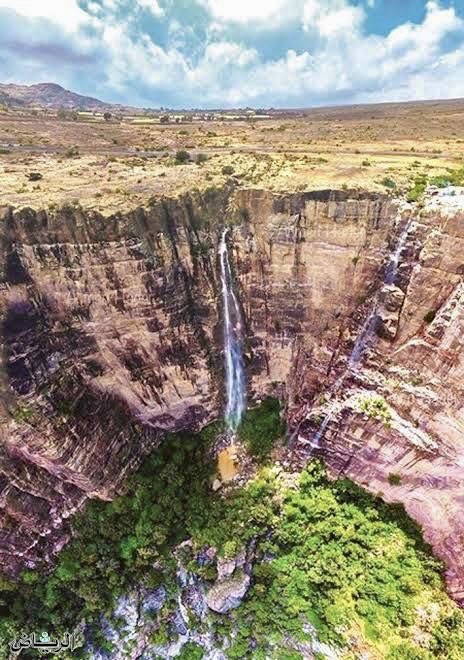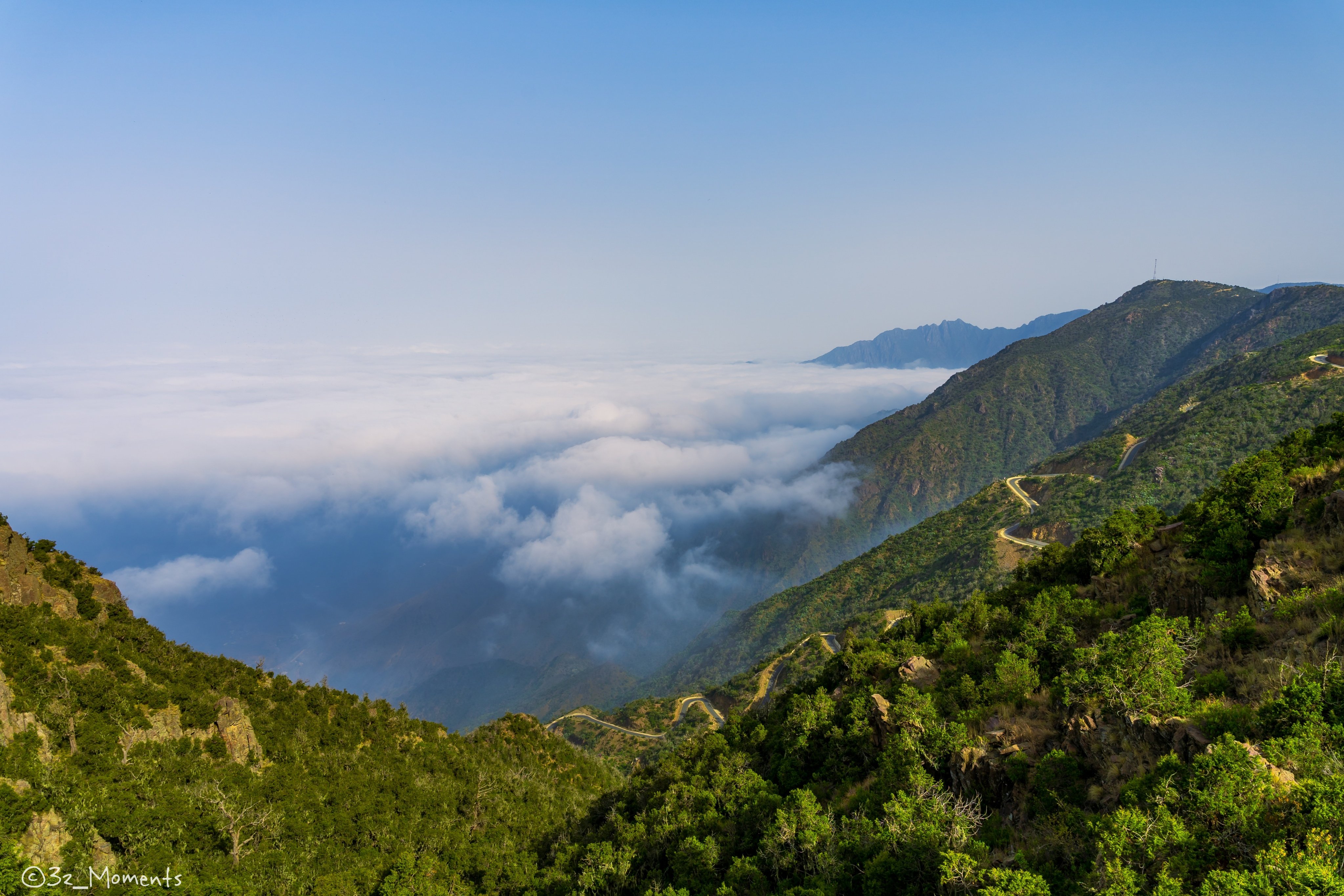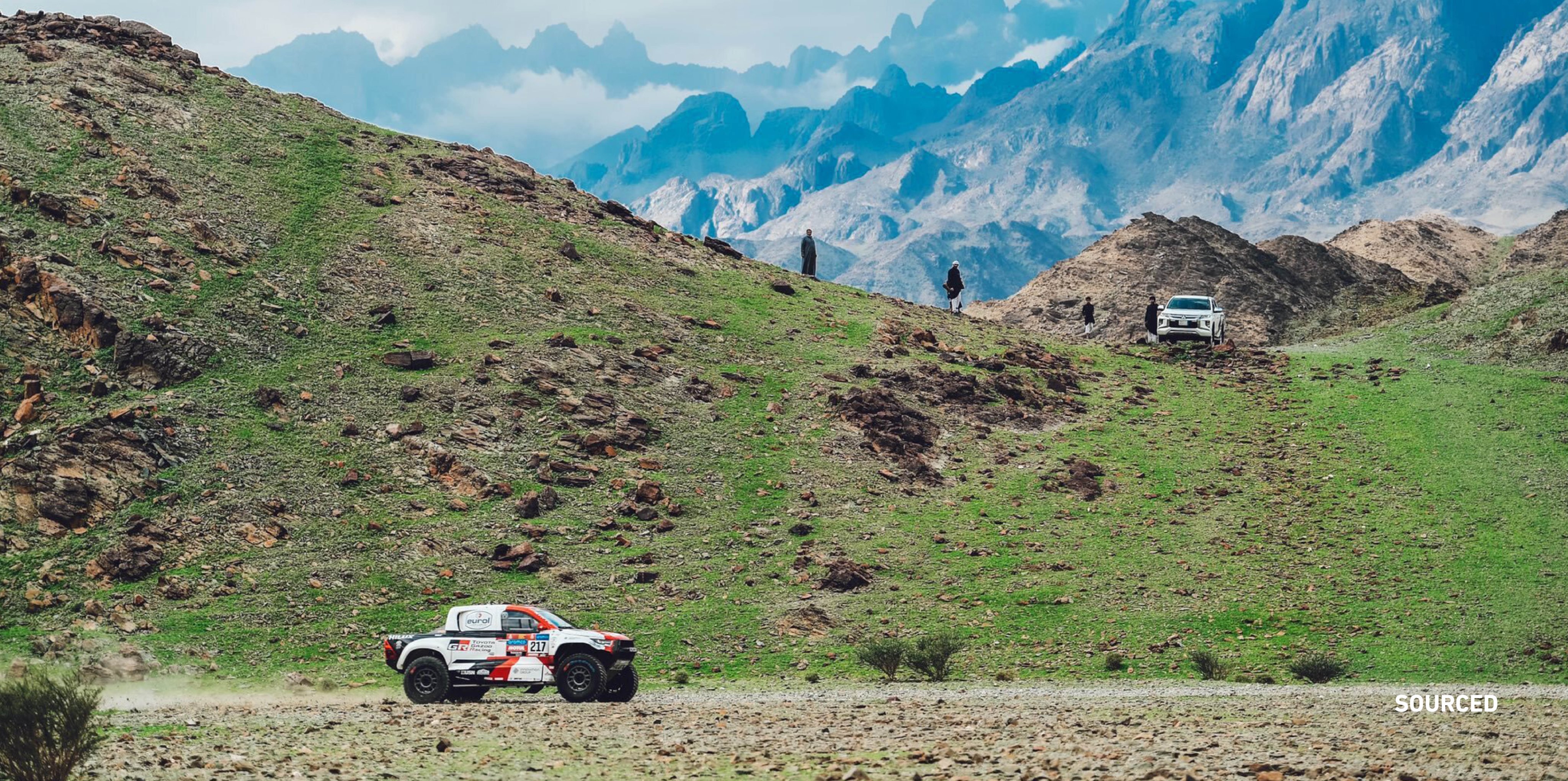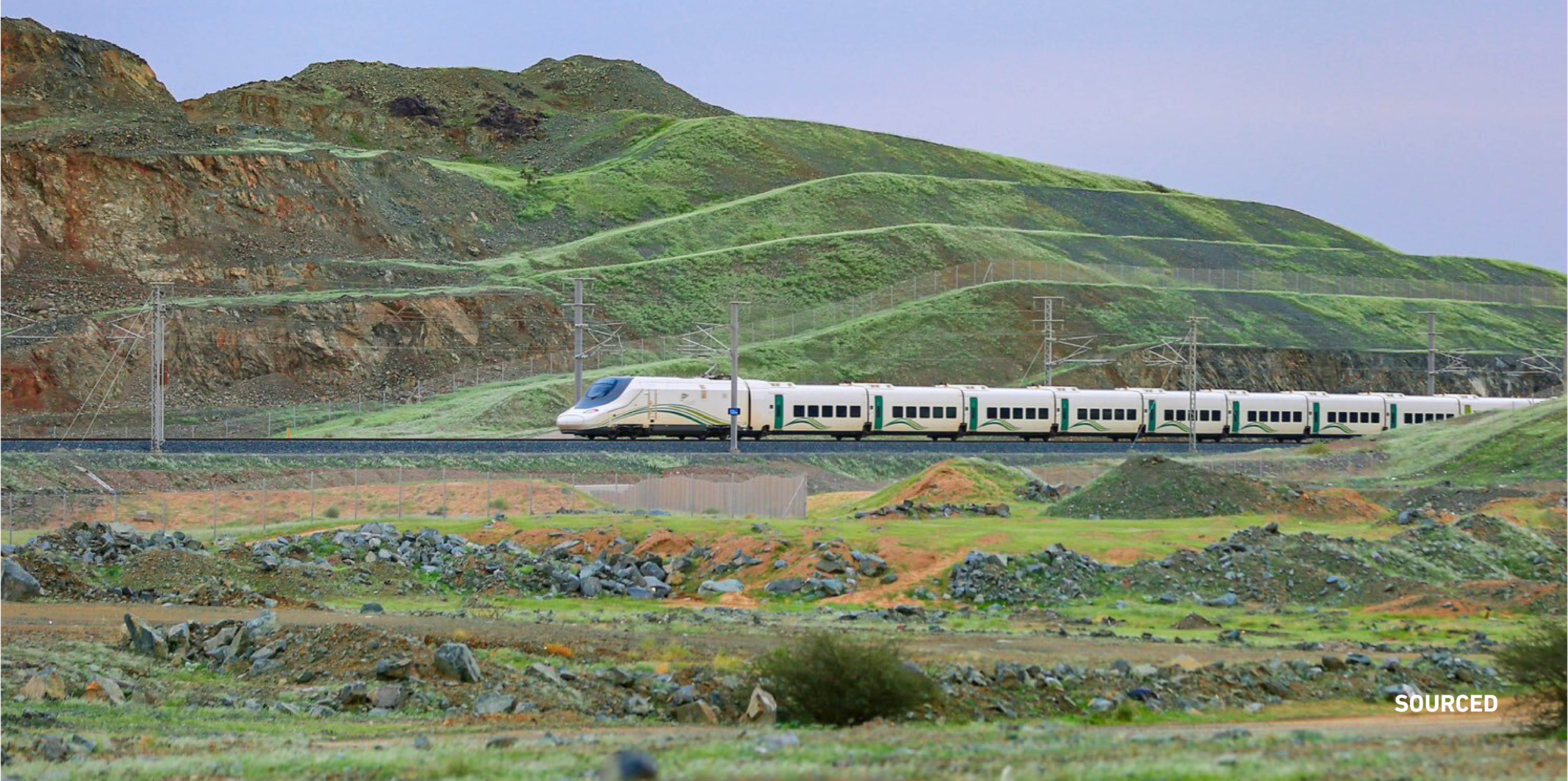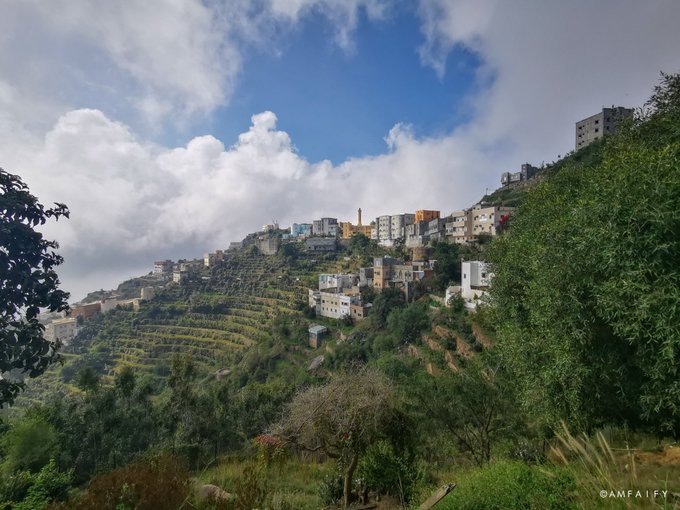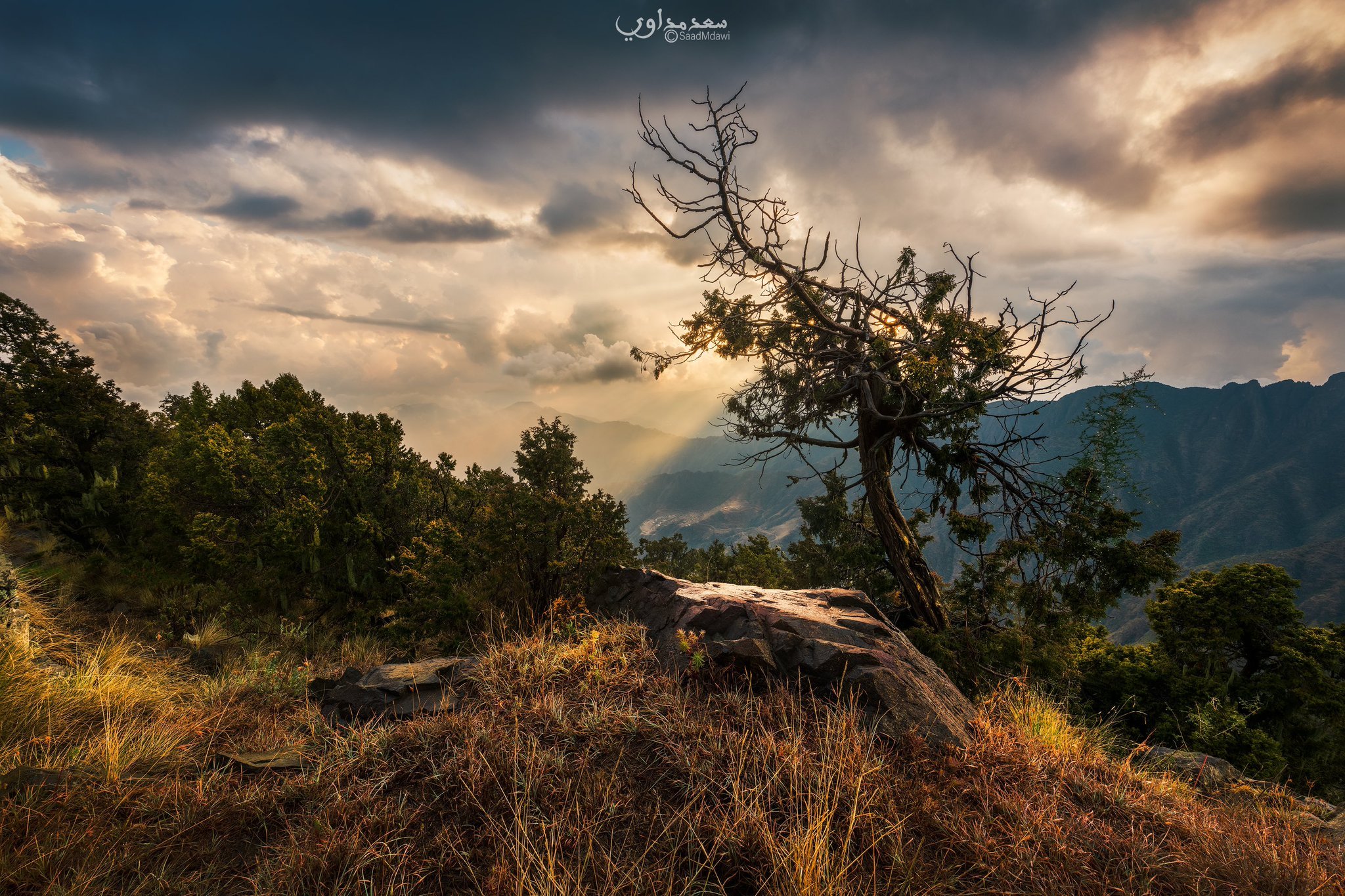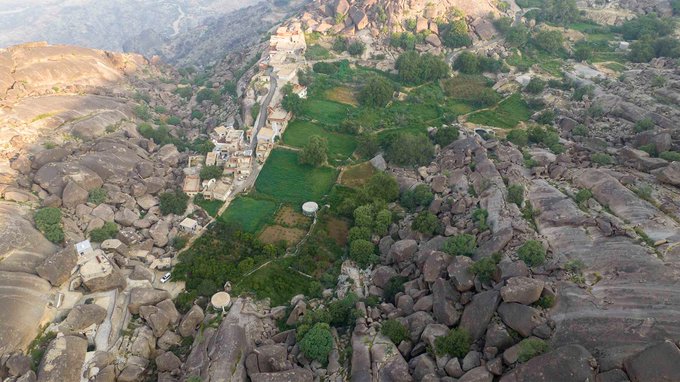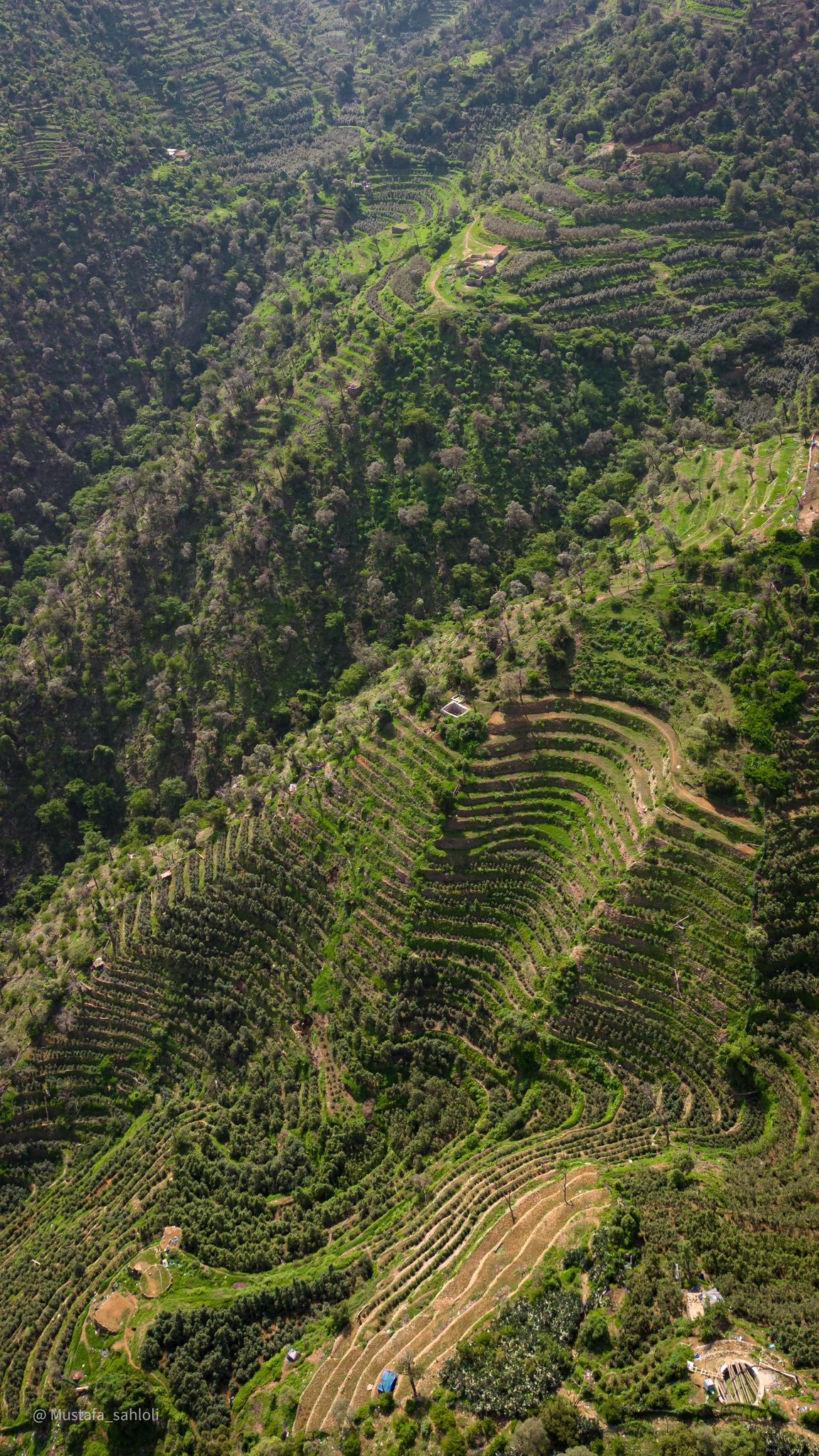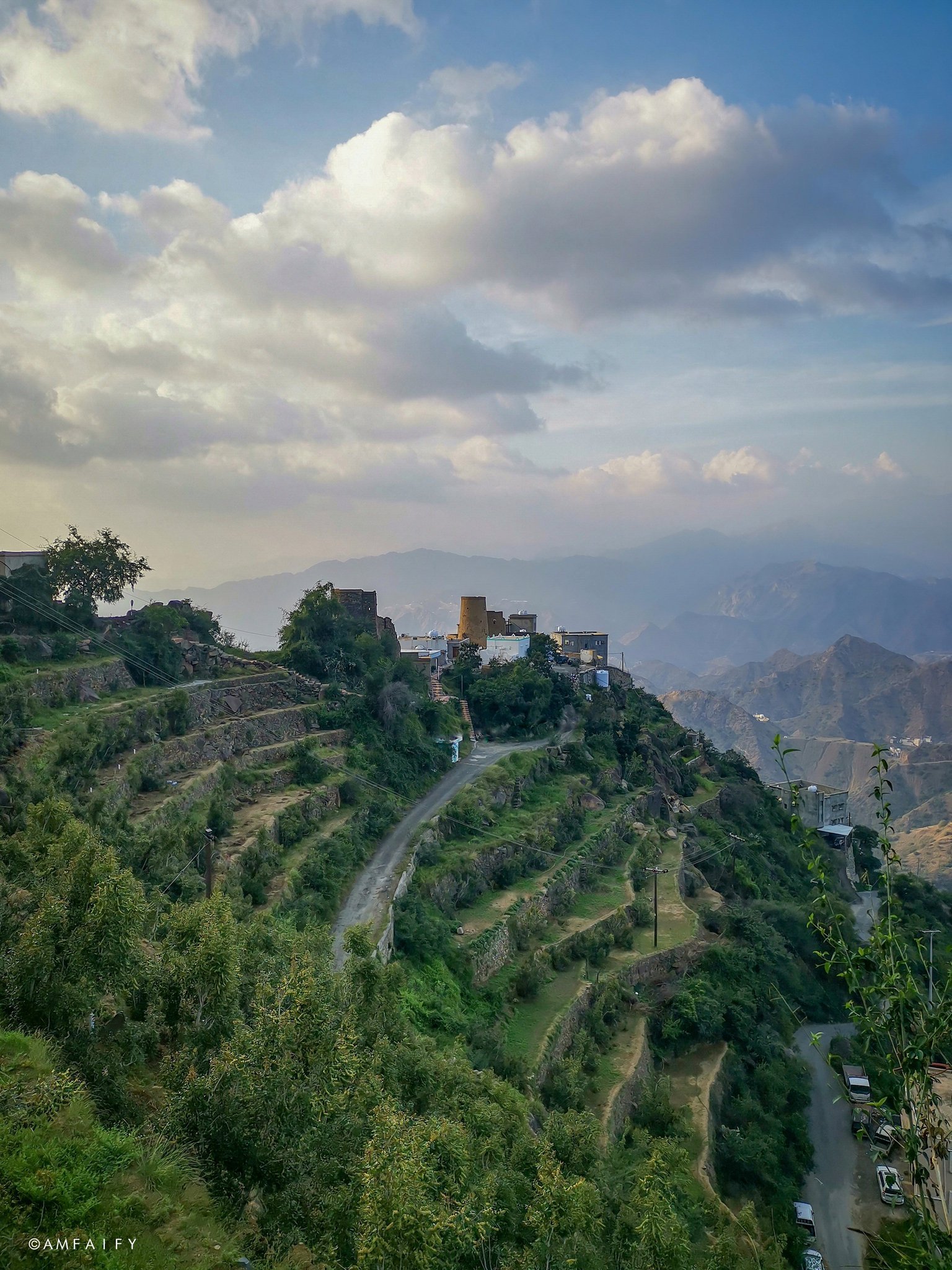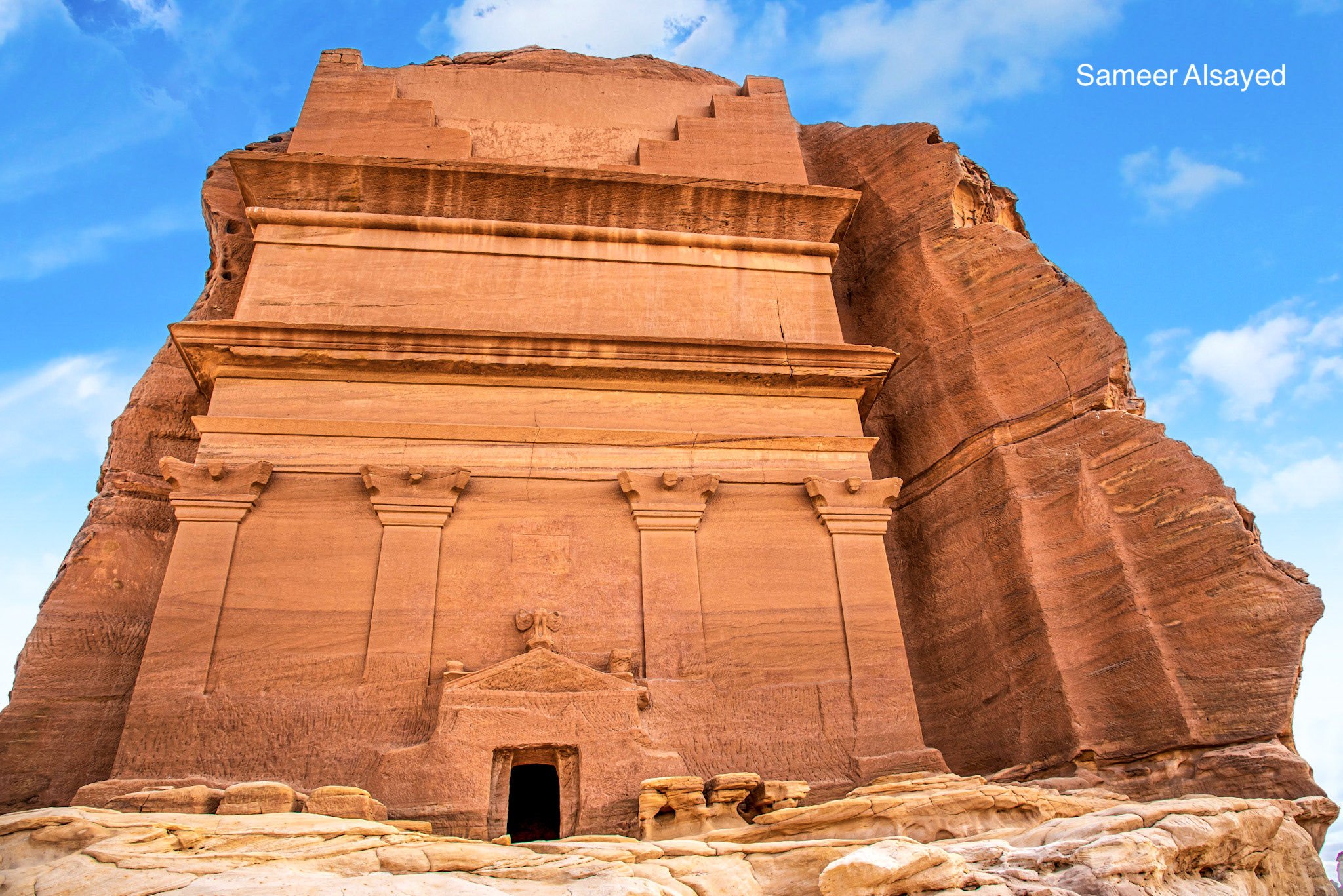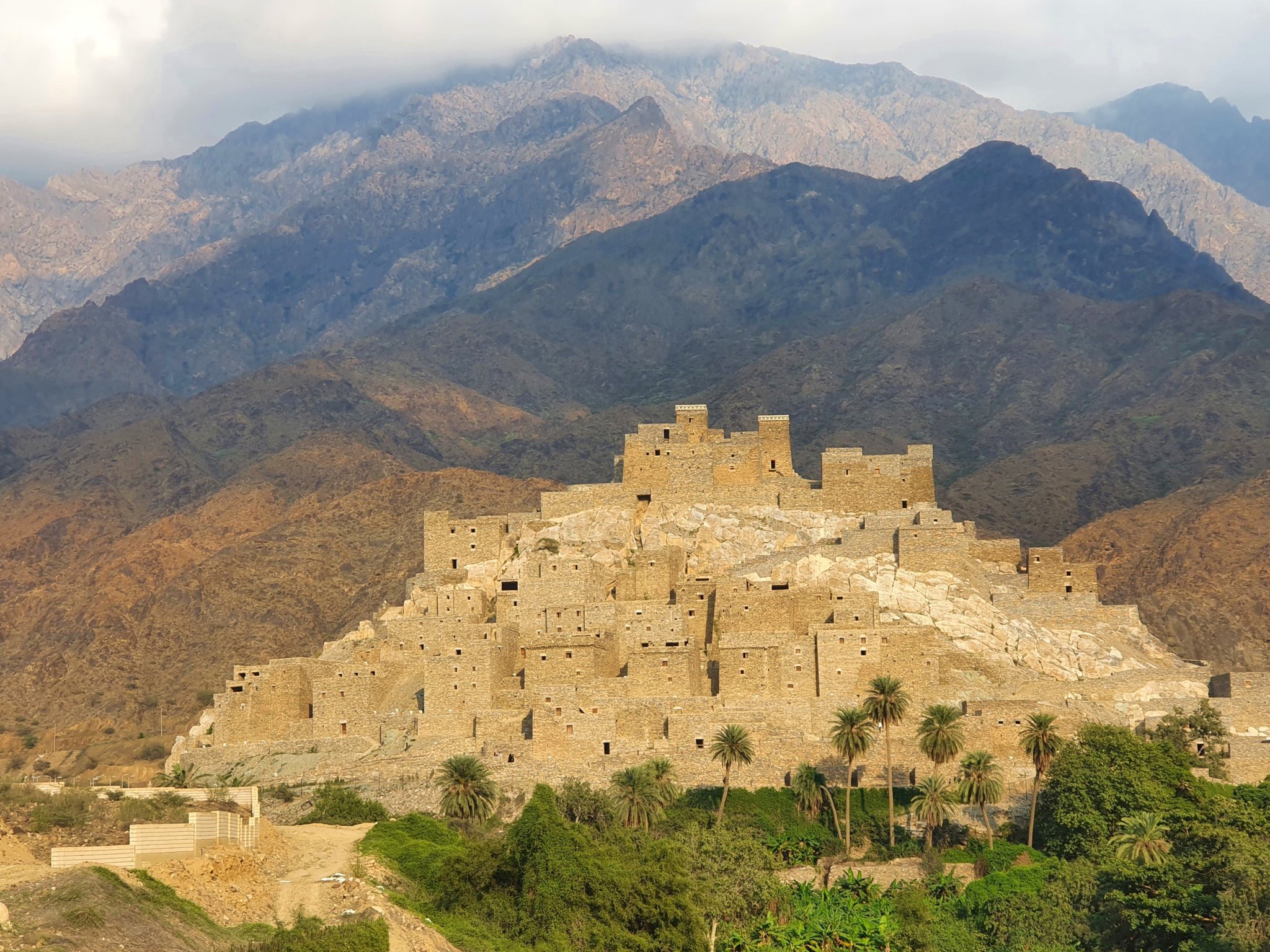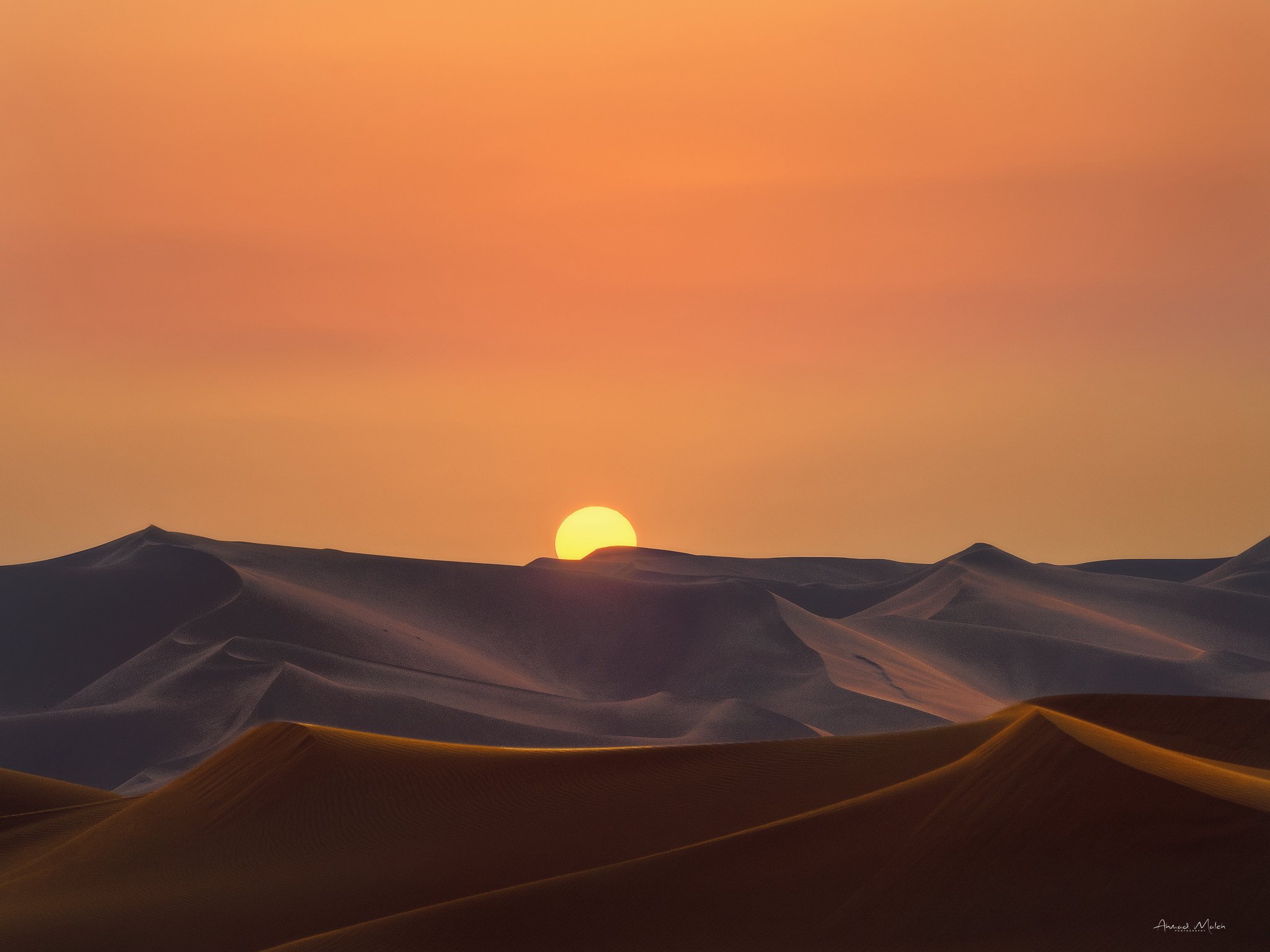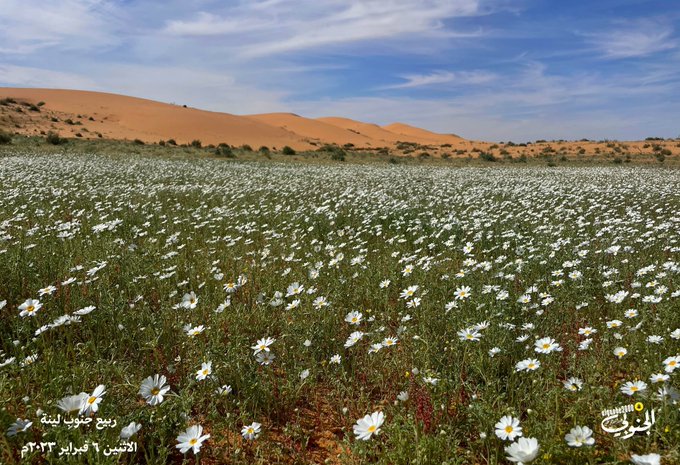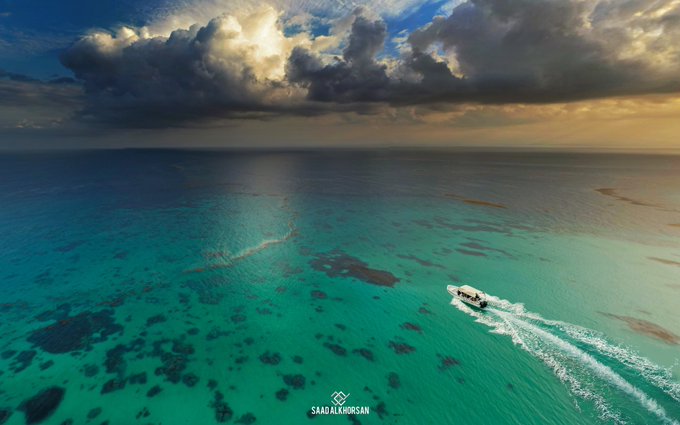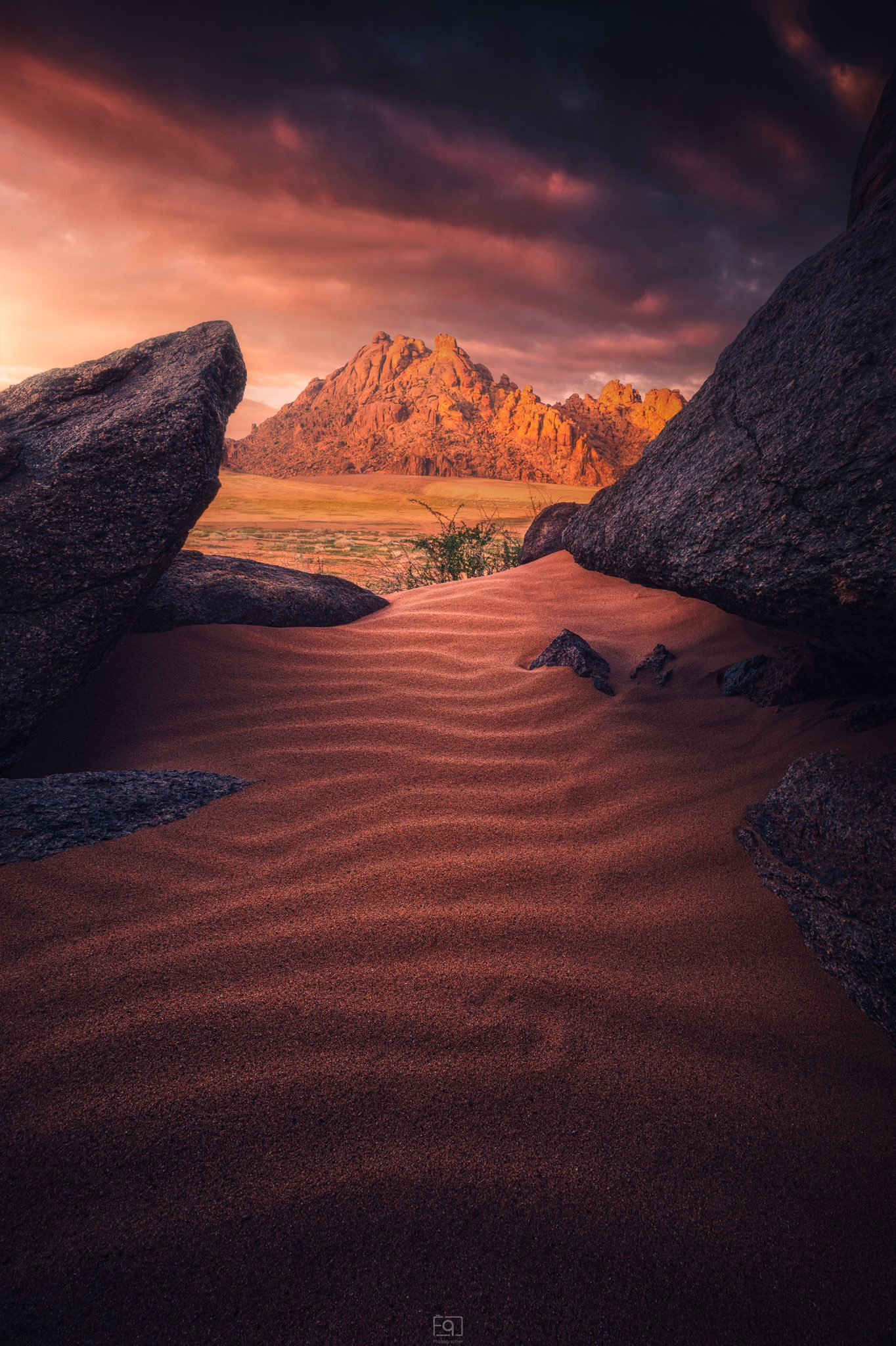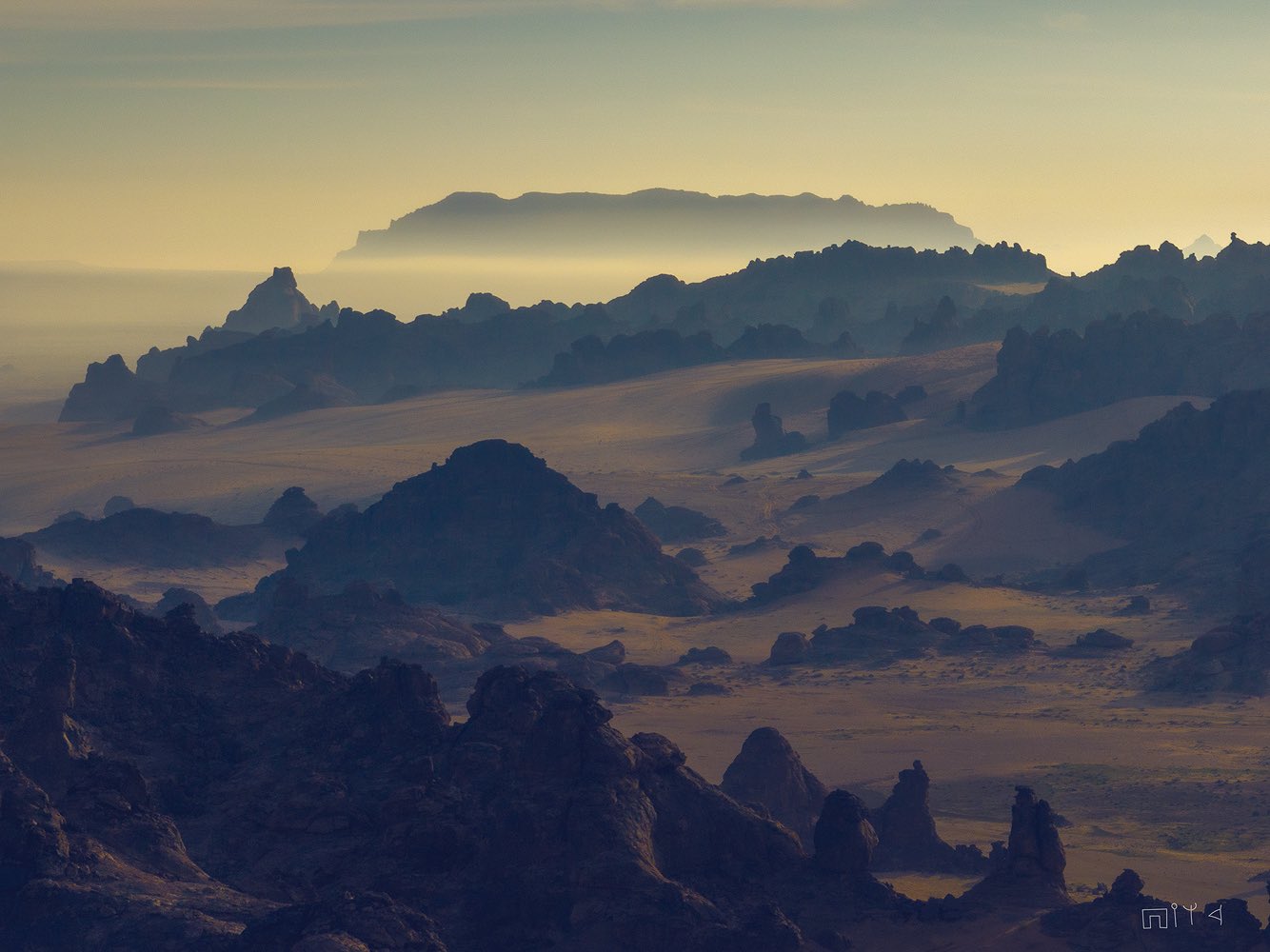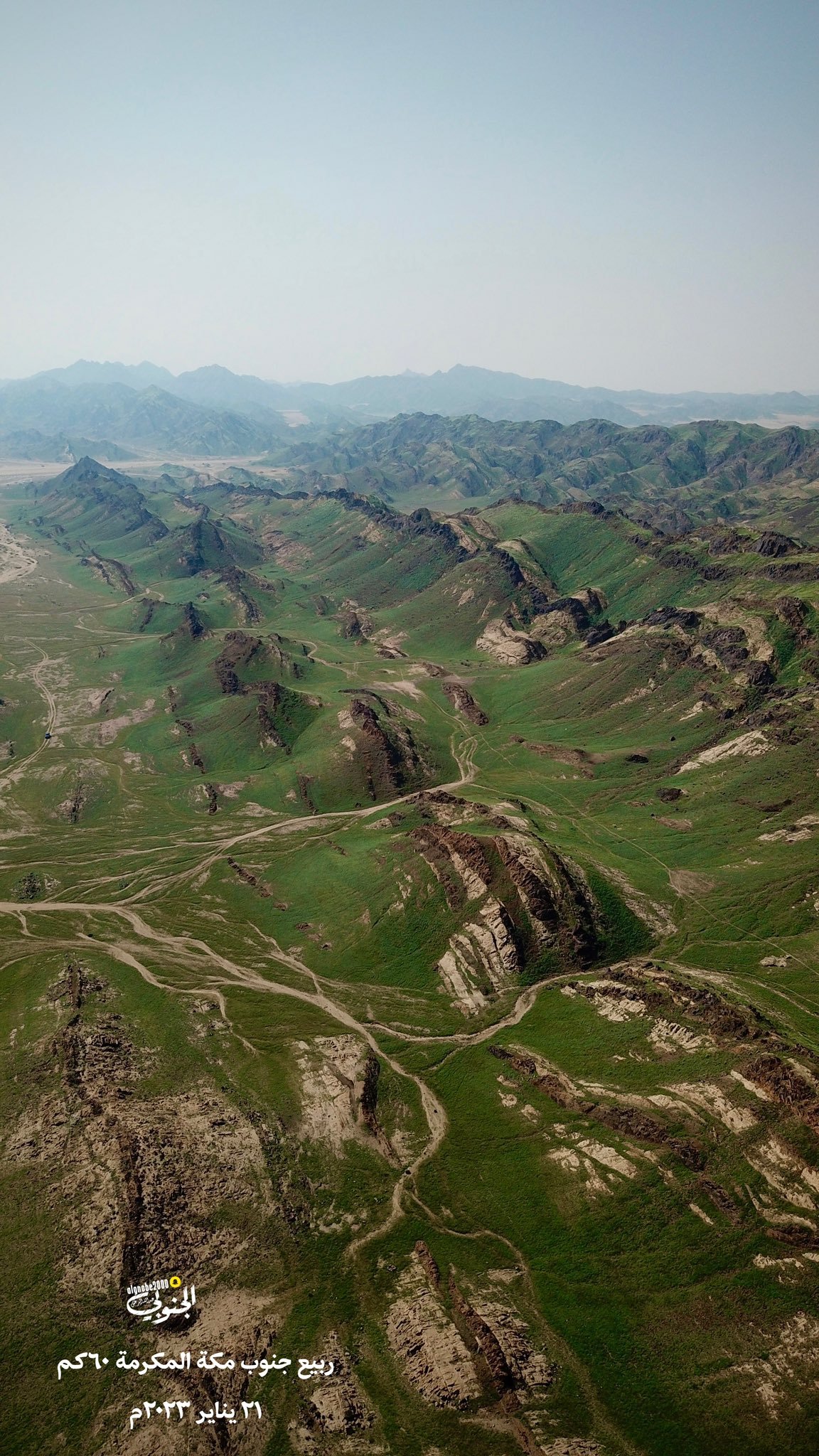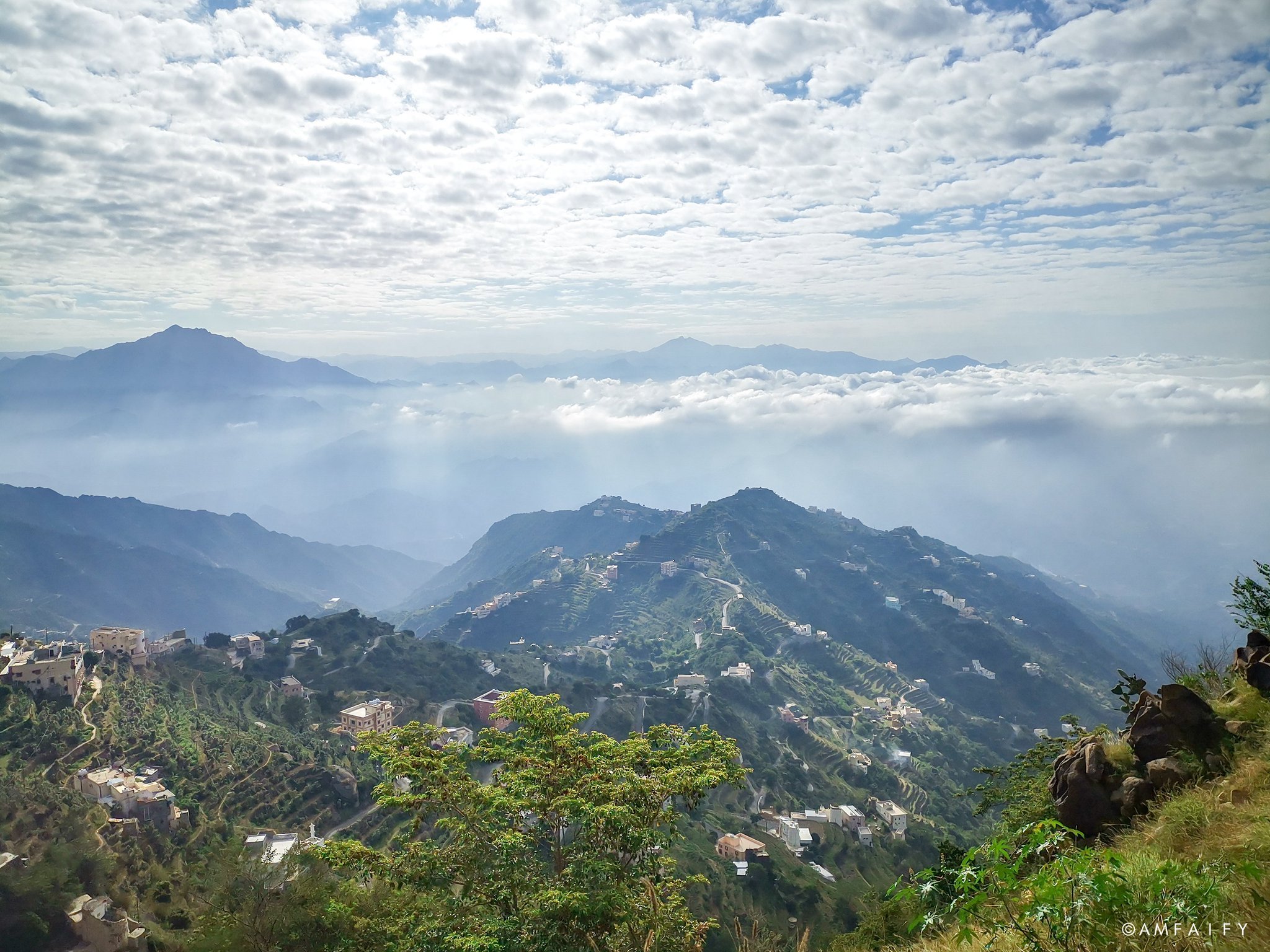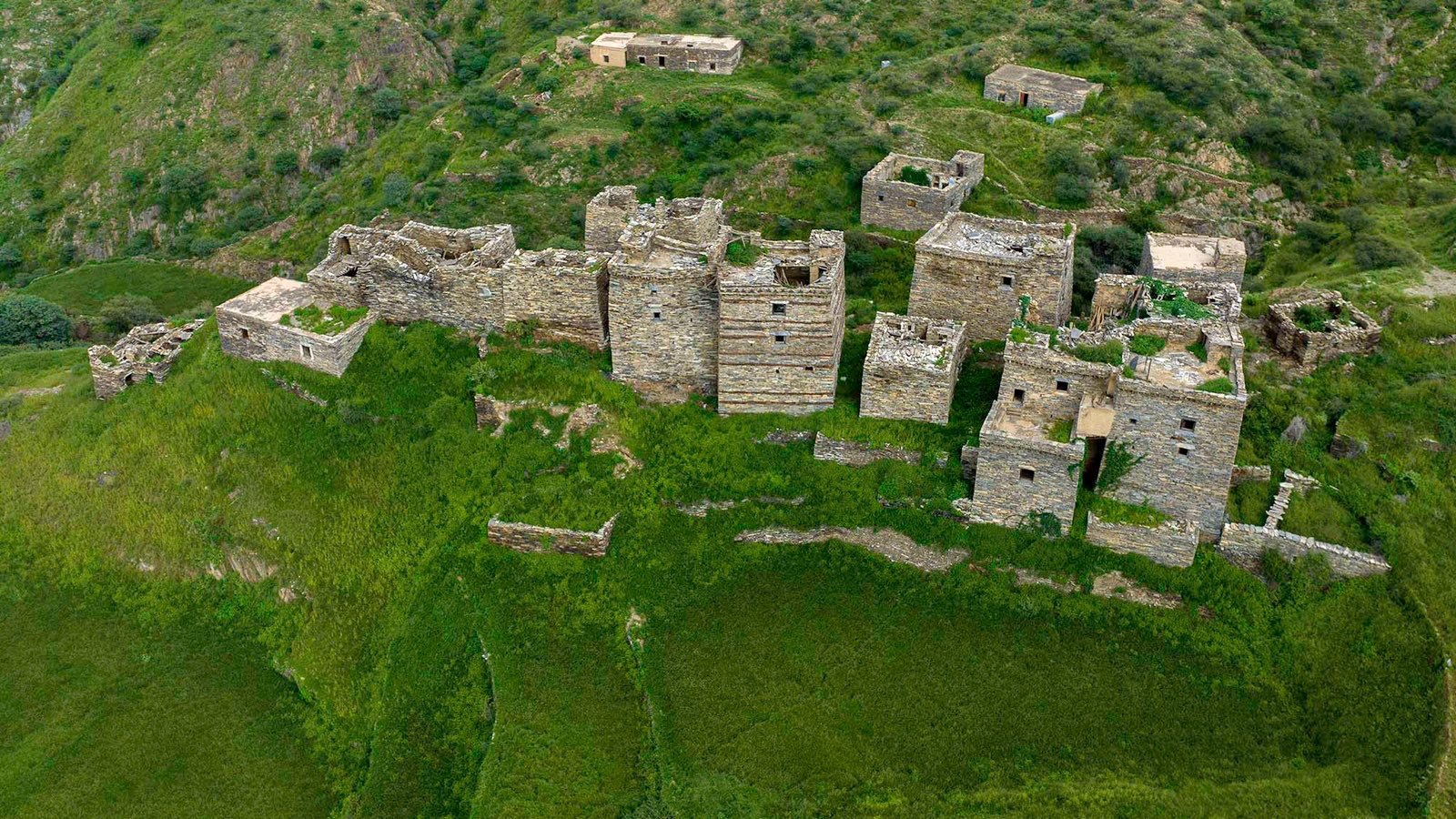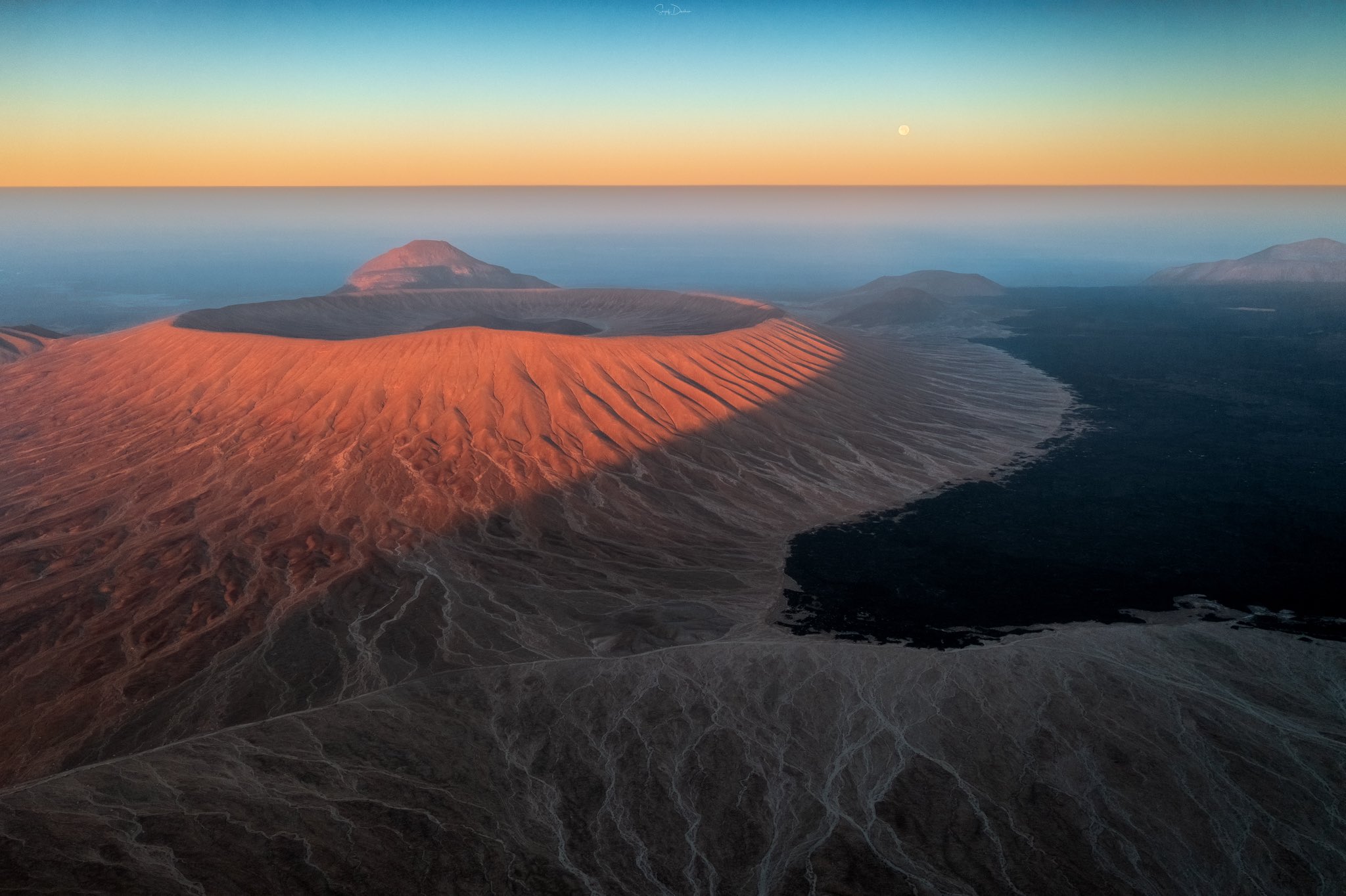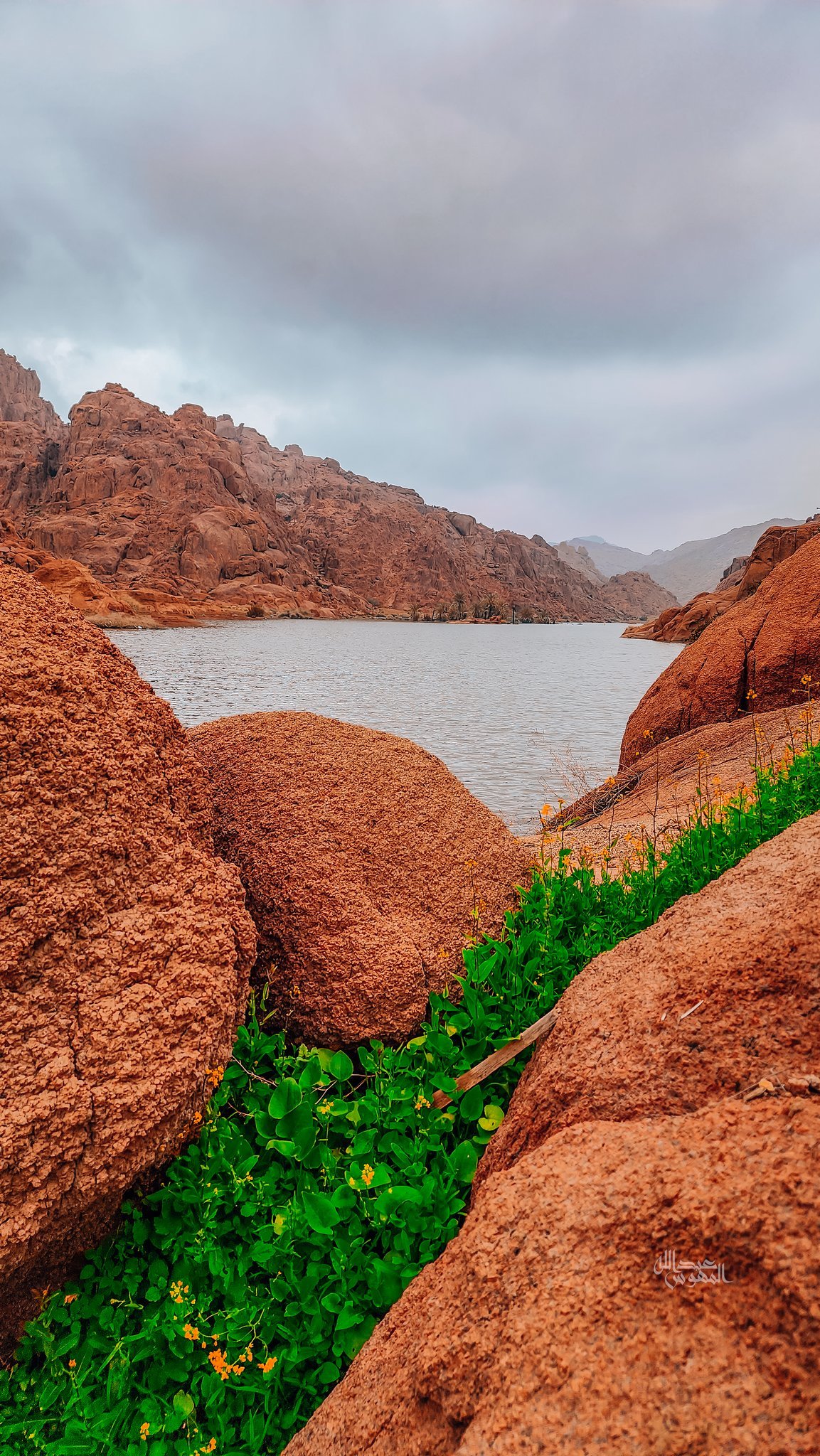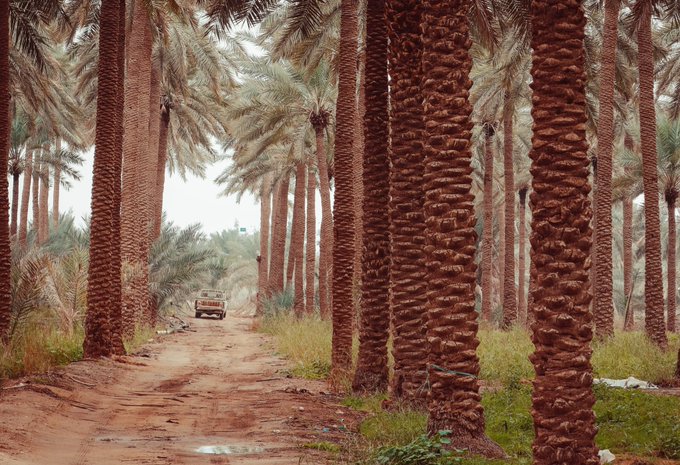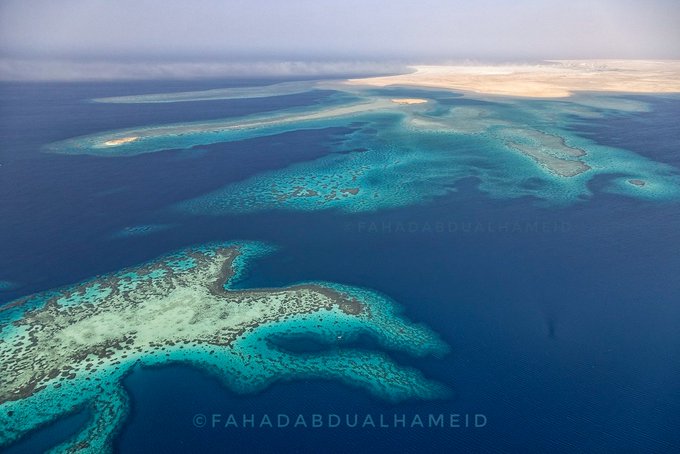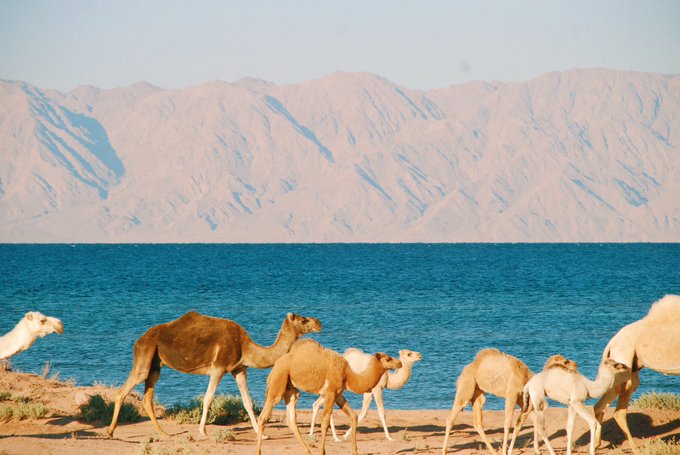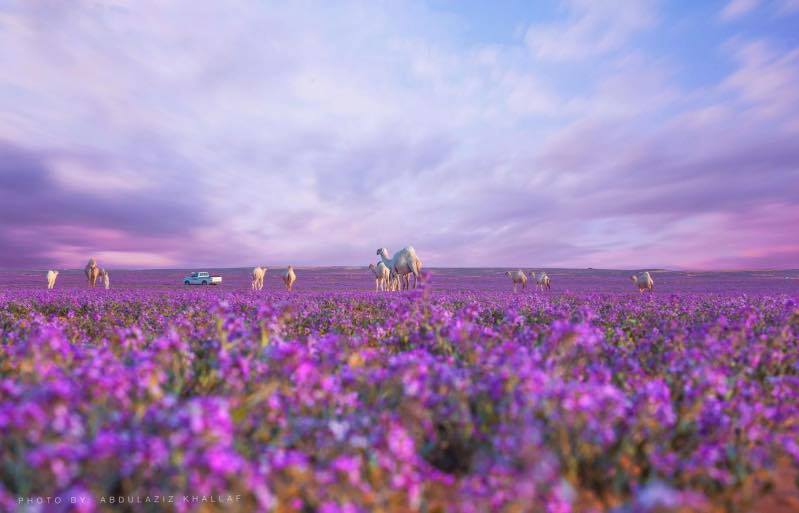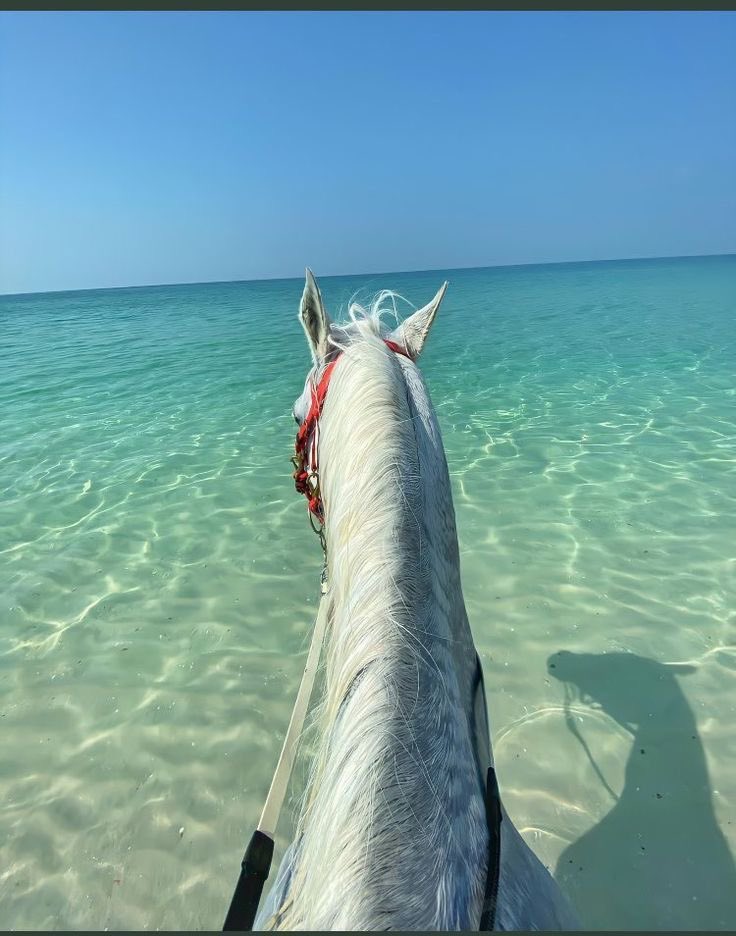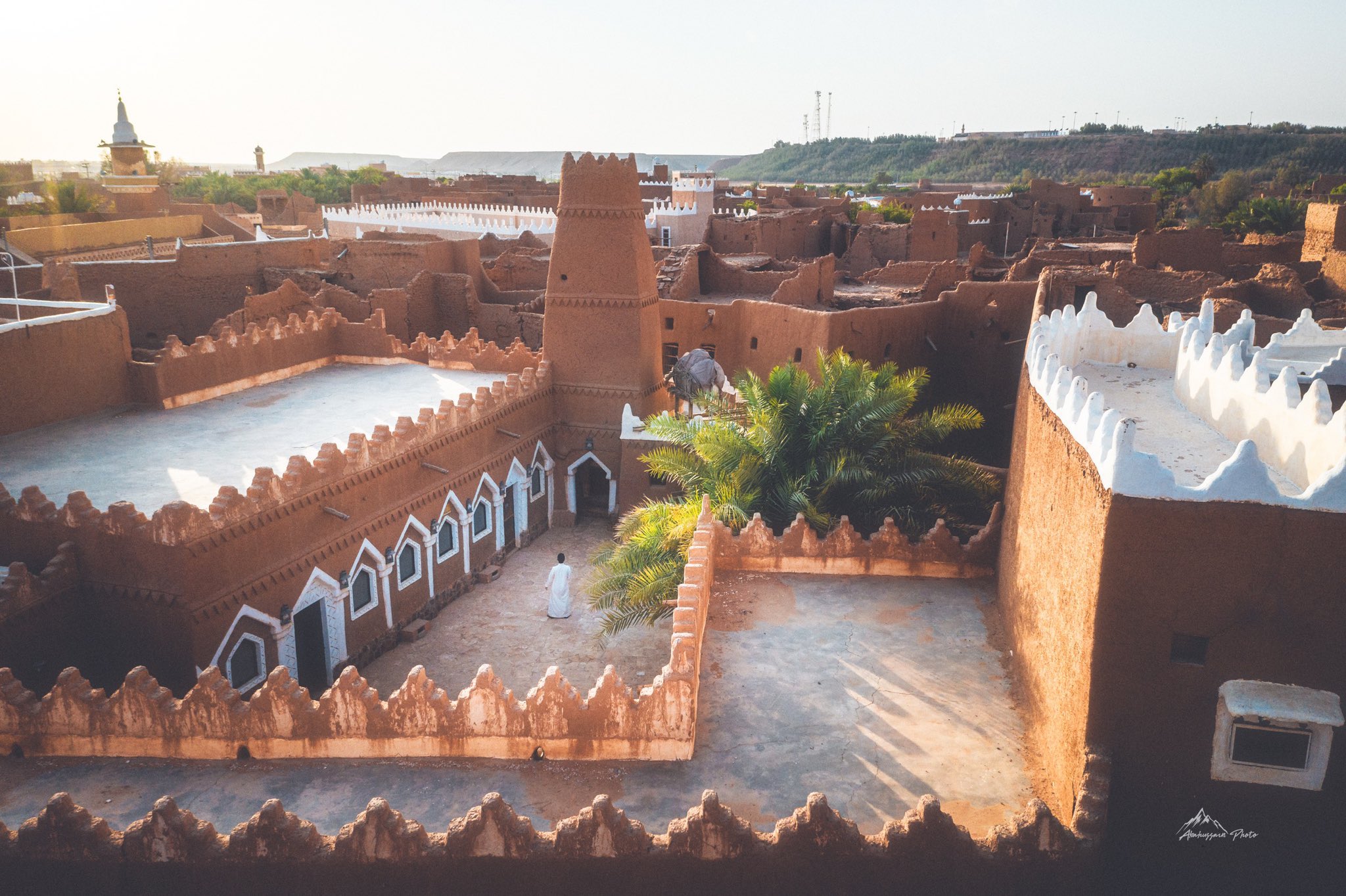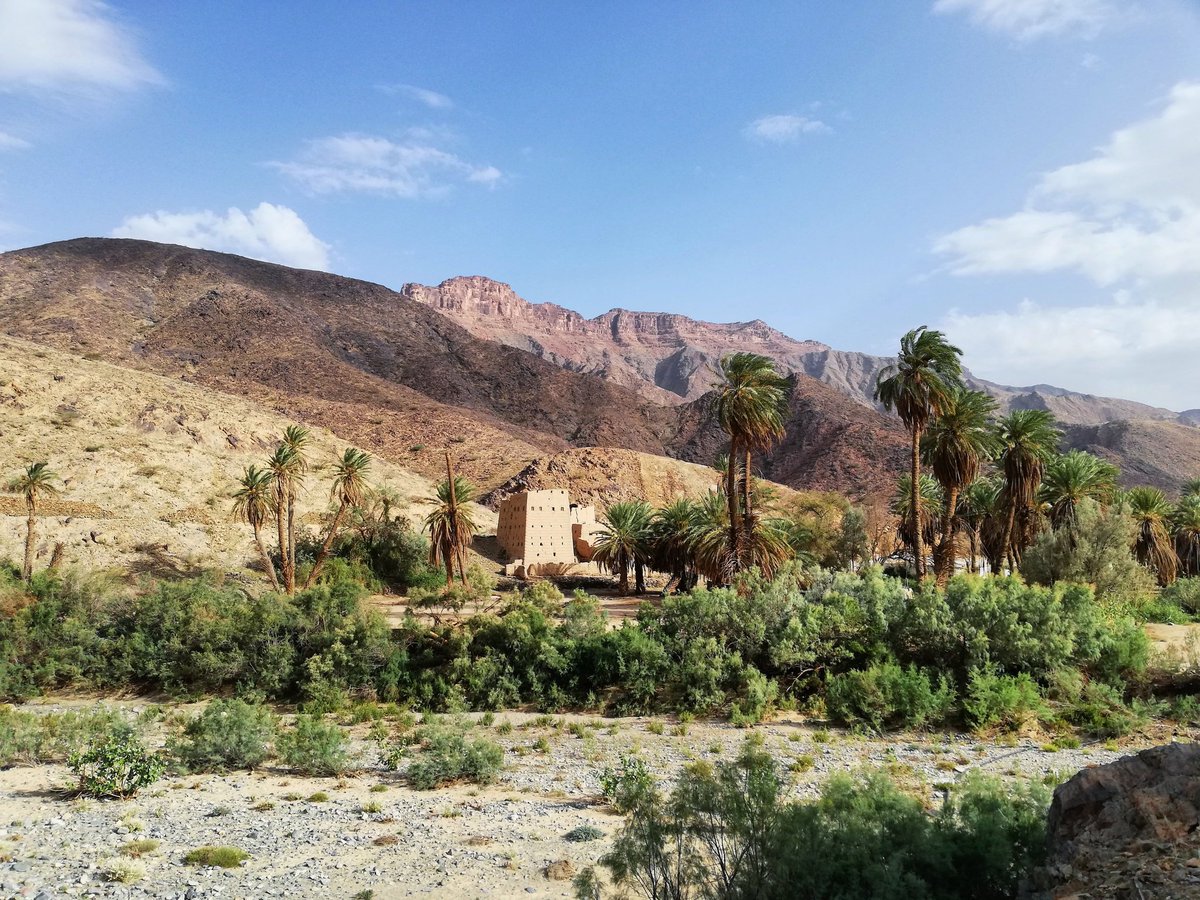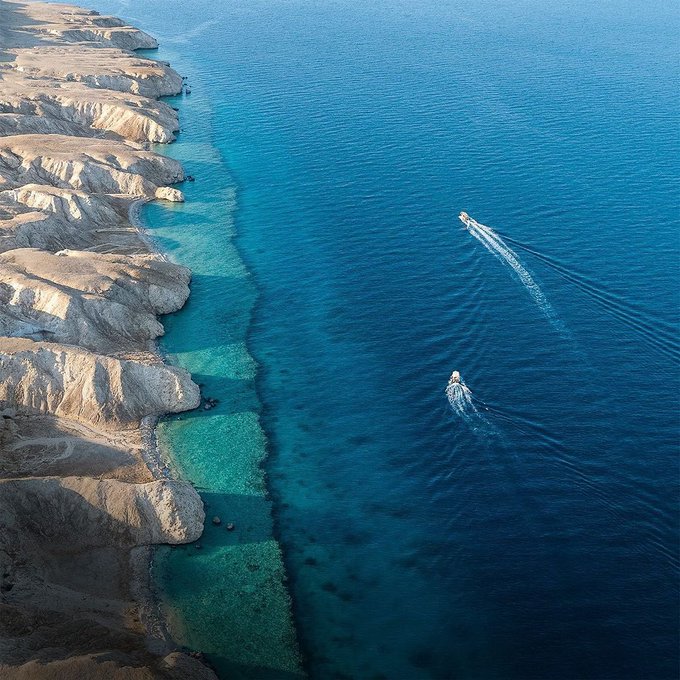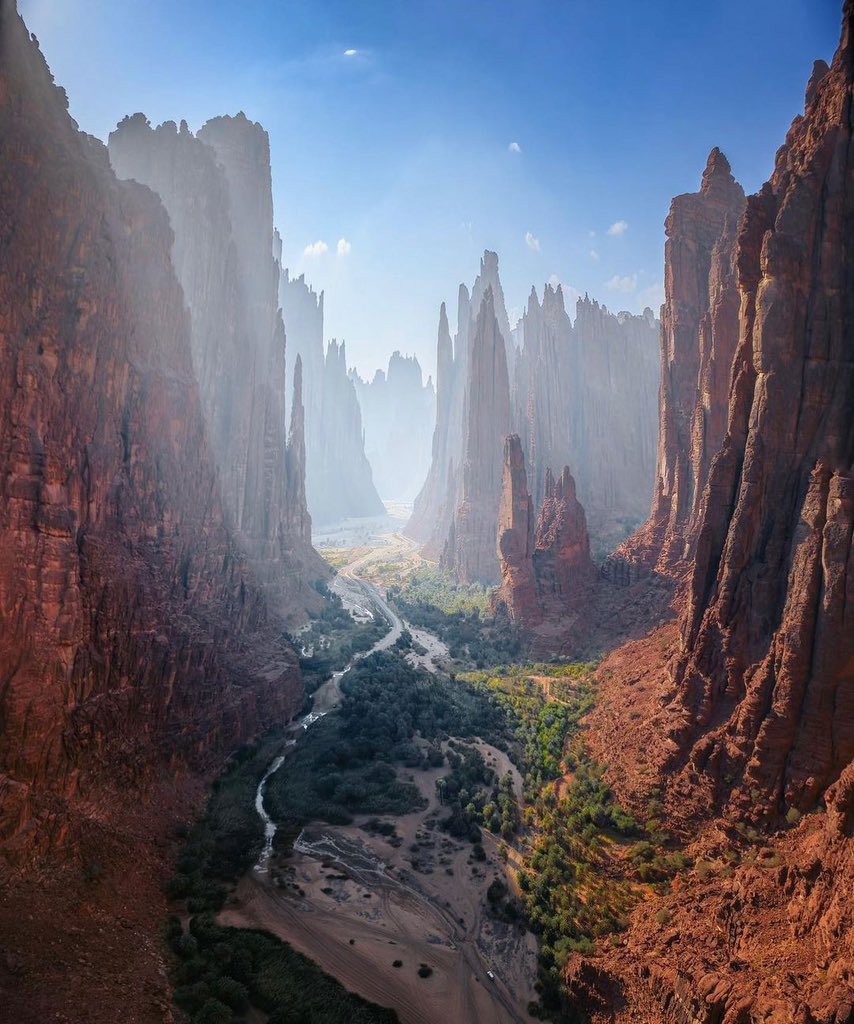Random photo of Dakar Rally in KSA this year from some random place in KSA:
The top modern Haramain high-speed railway.
Local Hejazi architecture from Jeddah
Al-Hasa in Eastern Province is home to the world's largest palm grove/forest with over 20 million palm trees.
Yellow Lake in Al-Hasa:
Winter in KSA, recently KSA was awarded the 2029 Asian Winter Games.
@Nabil
I think that after every heavy rainfall during winter in KSA, large parts of the desert/arid areas in KSA turn green. It is an annual occurrence and lasts during winter and spring. When summer starts and high temperatures start again and rainfall becomes sparse, the greenery tends to end in those areas of KSA. Some other areas are green all year round in KSA. Remember that 50% of KSA is heavily mountainous. For instance Hijaz and the entire South, however even the interior Najd (highland in Arabic) has large mountainous areas. Riyadh, the capital, for instance, is located 600 meters above sea level. When I lived in KSA, almost all locals, when not going abroad, they escaped to the mountains during the 3 main summer months (June, July and August) and even the Saudi Arabian government leaves Riyadh (capital) for Tai'if, a city located over 2000 meters above sea level in Hijaz, during the summer months.
Also remember, that during the time of Prophet Muhammad (saws), what is modern-day KSA, Arabia and the Middle East as a whole, was more fertile, which is why we hear stories of companions of Prophet Muhammad (saws) hunting lions etc. and other dangerous wild animals. The last lion in KSA was killed over 100 years ago.
But KSA plans to plant 20 billion trees and a lot of KSA has turned into fertile lands. In the past few decades an area the size of Belgium and Netherlands put together have turned fertile/green which is why KSA is now almost self-sufficient when it comes to food/agriculture and one of the main agriculture producers in the Arab world.
2.7 million views in 2 weeks time.



